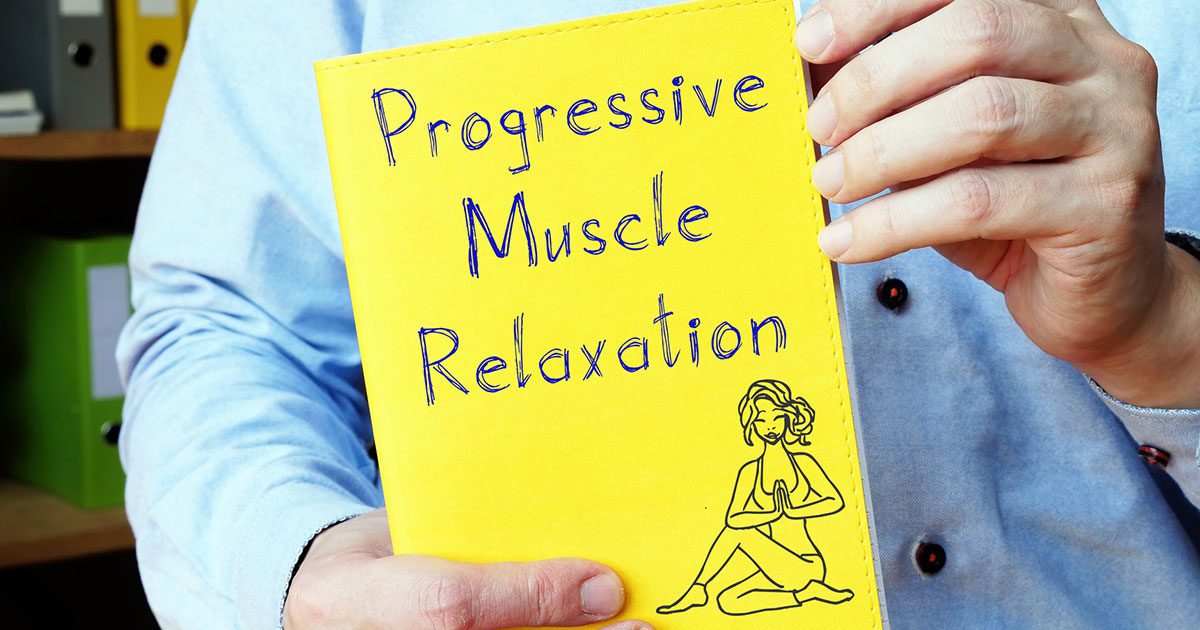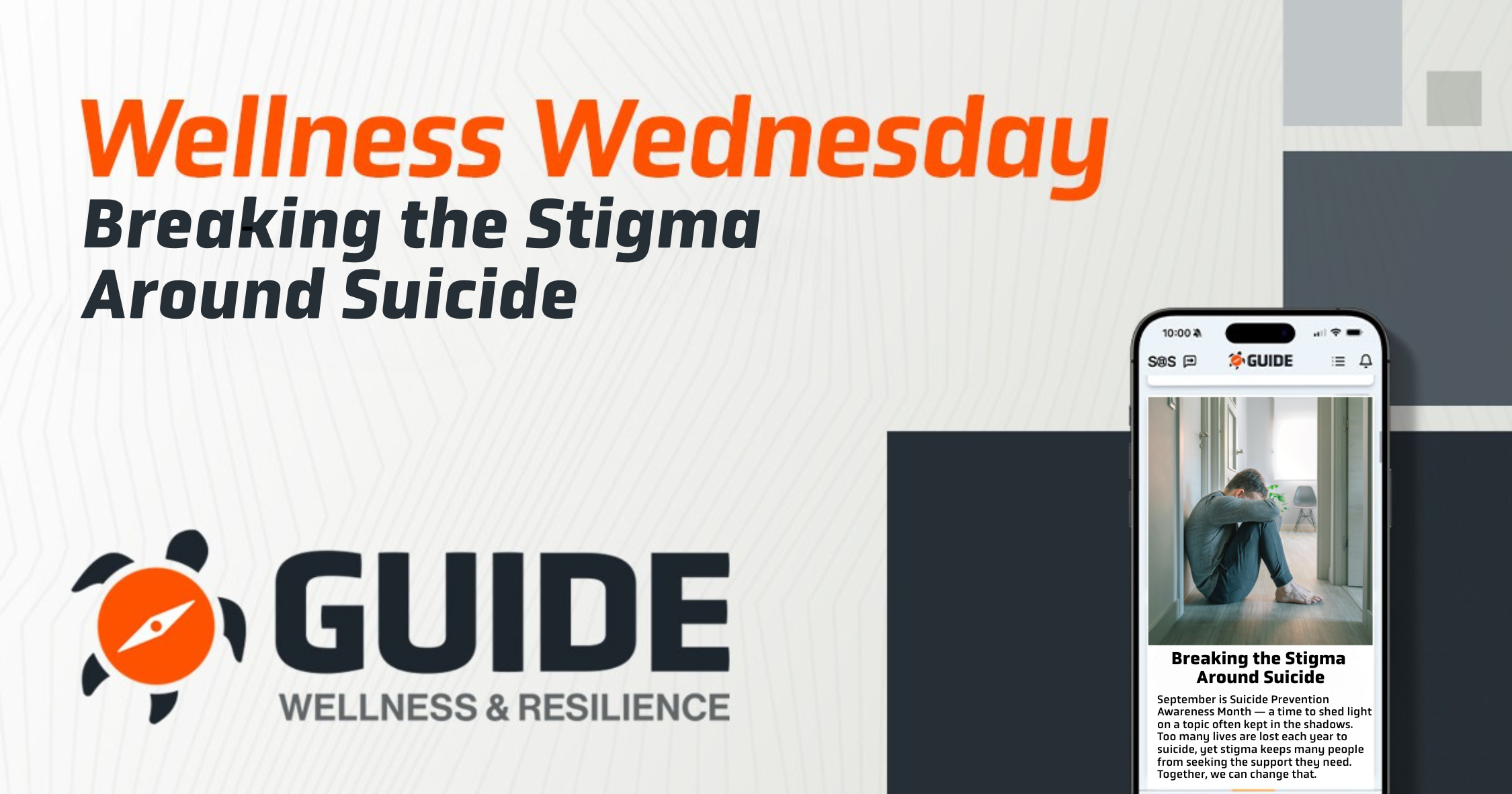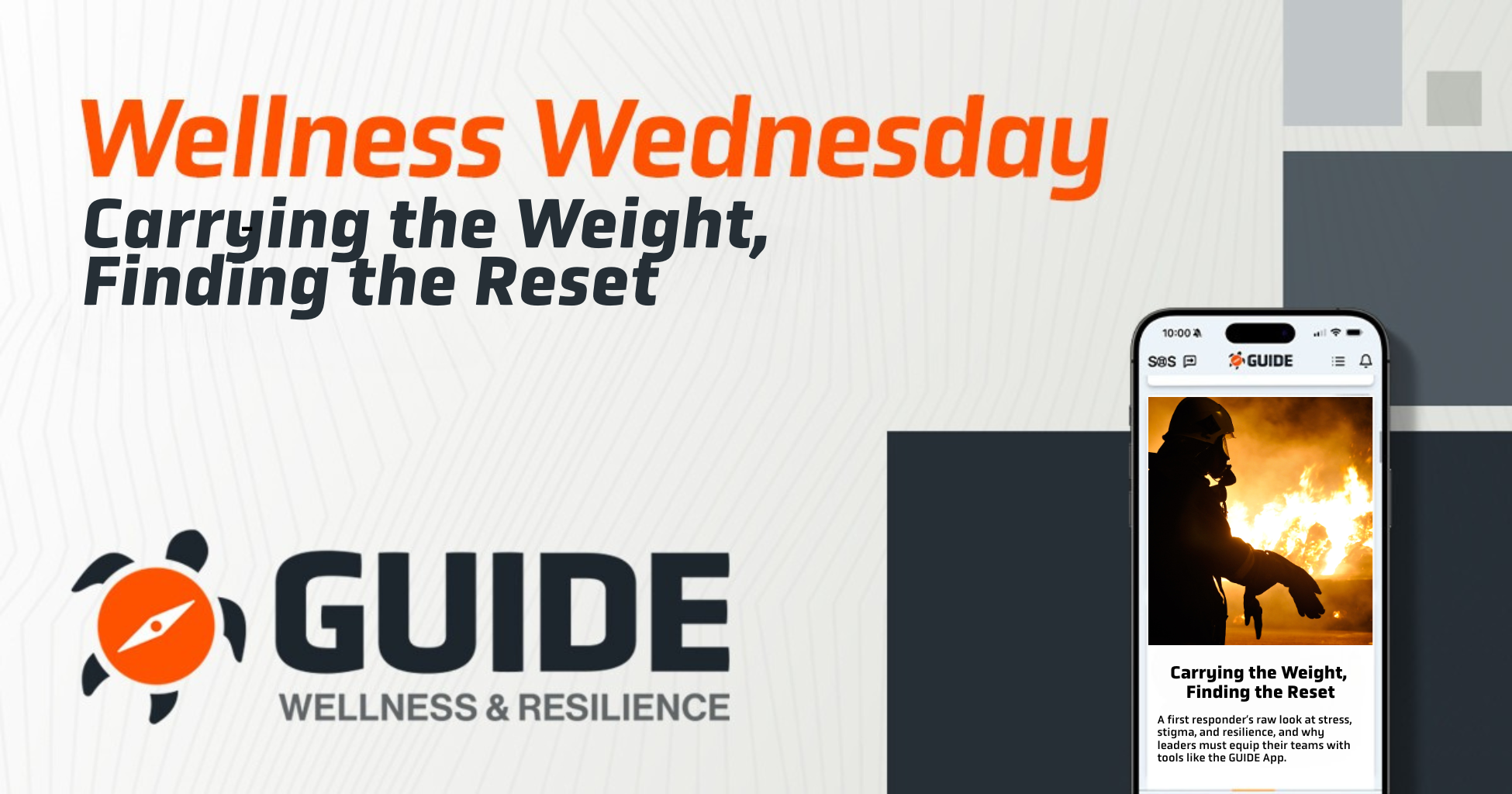Stress is an inevitable part of life, especially for those in high-pressure professions like first responders, law enforcement, and military personnel. The demands of the job can lead to physical and mental tension, which, if left unchecked, can impact overall well-being. One effective and accessible method to combat stress is Progressive Muscle Relaxation (PMR), a technique that helps release physical tension and promotes relaxation.
What is Progressive Muscle Relaxation (PMR)?
Progressive Muscle Relaxation (PMR) is a technique that involves tensing and then slowly relaxing different muscle groups in your body. The goal is to help you become more aware of the physical sensations of stress and tension, allowing you to consciously release them. This method was first developed by Dr. Edmund Jacobson in the 1930s, and it remains a popular and effective tool for stress management today.
How Does PMR Work?
The basic idea behind PMR is simple: by systematically tensing and relaxing your muscles, you can achieve a deeper state of relaxation. The process not only helps reduce physical tension but also fosters a sense of calm and mental clarity. PMR is particularly useful because it can be practiced almost anywhere and doesn’t require any special equipment.
Step-by-Step Guide to Practicing PMR
- Find a Quiet Space: Begin by finding a quiet, comfortable place where you can sit or lie down without being disturbed. This could be at home, in your office, or even in your vehicle (if safe to do so).
- Start with Your Toes: Begin by focusing on your toes. Tense the muscles in your toes for about 5 seconds. Be careful not to tense too tightly to avoid cramping. After 5 seconds, slowly release the tension and notice the difference in how your muscles feel.
- Work Your Way Up: Gradually move up through your body, focusing on different muscle groups. Start with your feet and calves, then your thighs, abdomen, chest, arms, hands, neck, and face. For each group, tense the muscles for about 5 seconds before slowly releasing the tension.
- Breathe Deeply: As you go through each muscle group, make sure to take deep, slow breaths. Inhale deeply through your nose as you tense the muscles, and exhale slowly through your mouth as you release the tension. This deep breathing helps enhance the relaxation effect.
- Focus on the Sensation: Pay close attention to the feeling of relaxation that follows the release of tension. This focus helps train your body to recognize the difference between tension and relaxation, making it easier to identify and manage stress in your daily life.
Why PMR is Beneficial
PMR is more than just a way to relax your muscles—it’s a tool that can help you manage stress and anxiety, improve sleep, and even reduce the symptoms of certain stress-related conditions. By incorporating PMR into your routine, especially after a tough day on the job, you can take proactive steps toward maintaining your mental and physical health.
Whether you’re winding down after a long shift or looking for a way to manage daily stress, PMR offers a simple yet effective solution. It’s a technique that can easily be integrated into your daily routine, helping you stay calm, focused, and ready for whatever comes your way.




